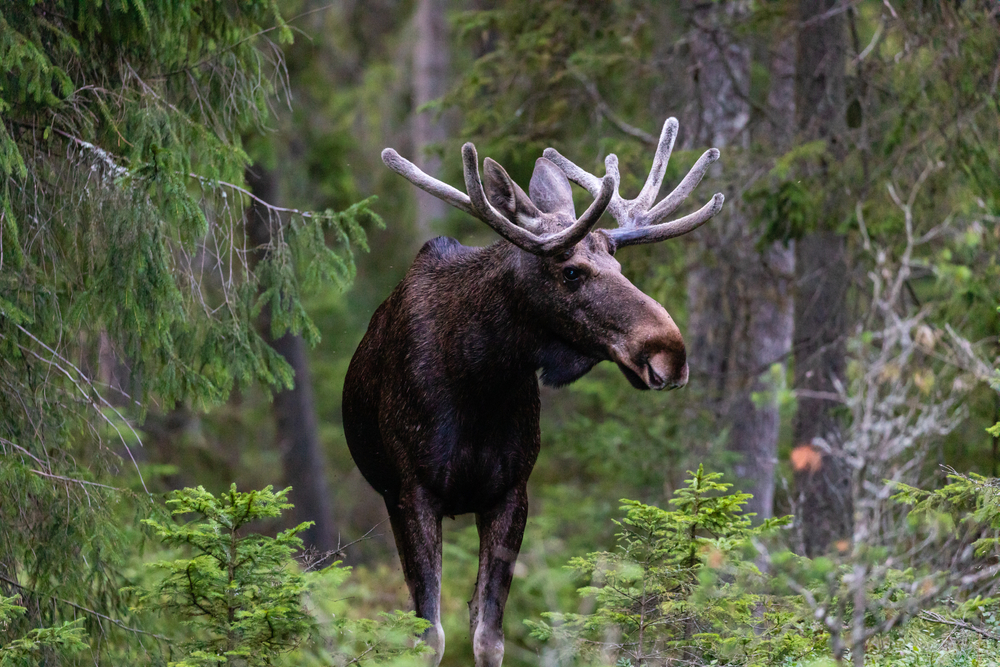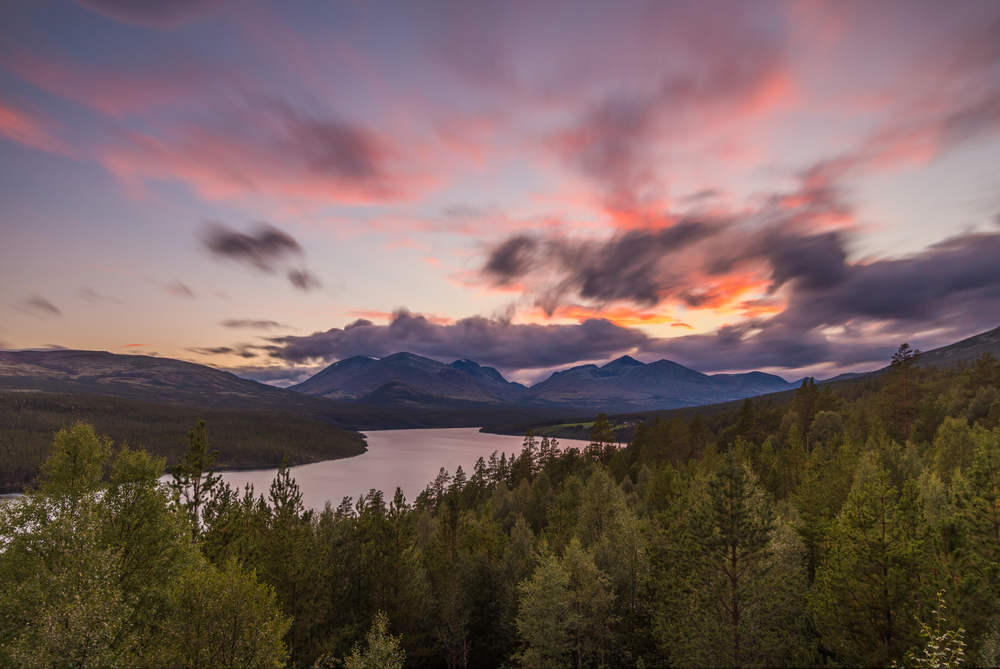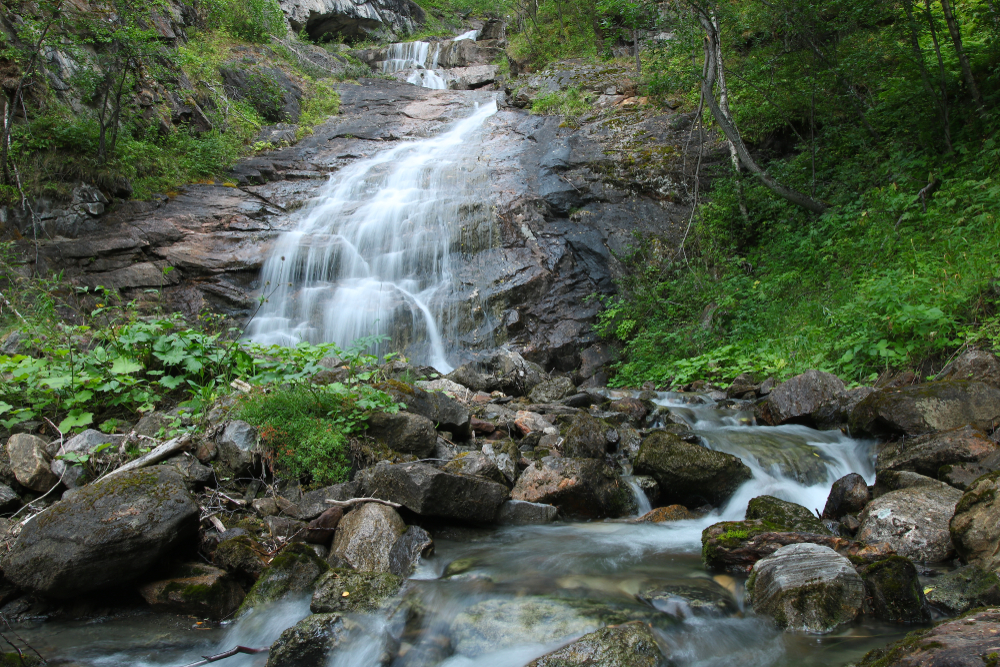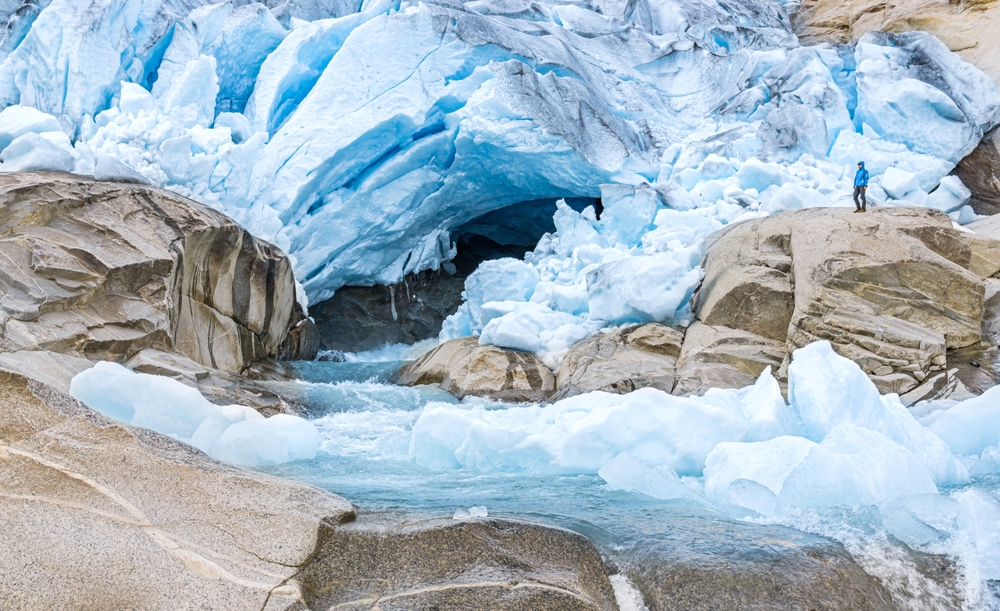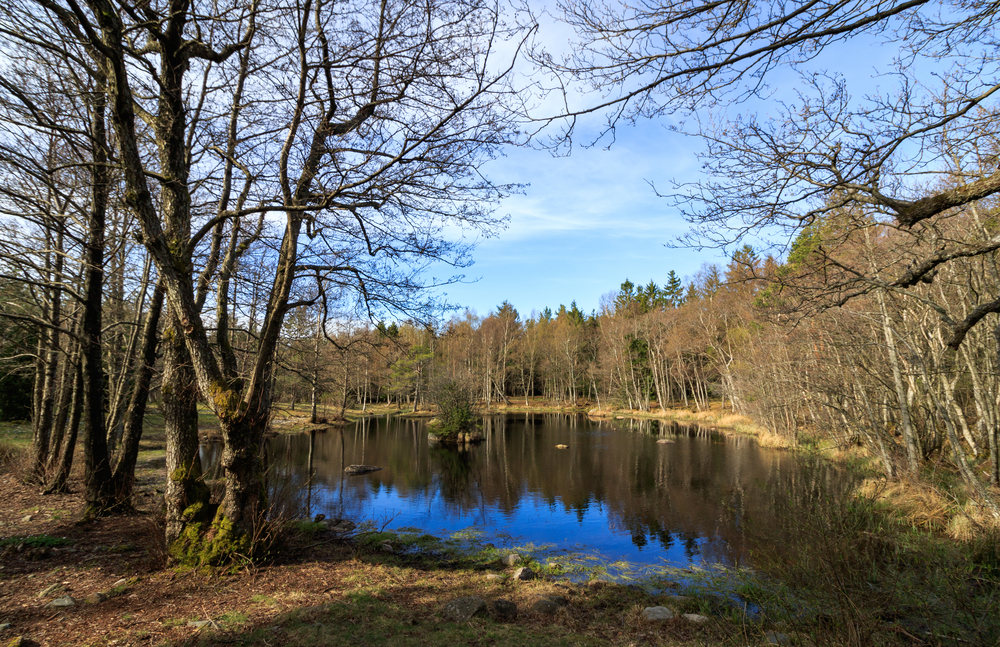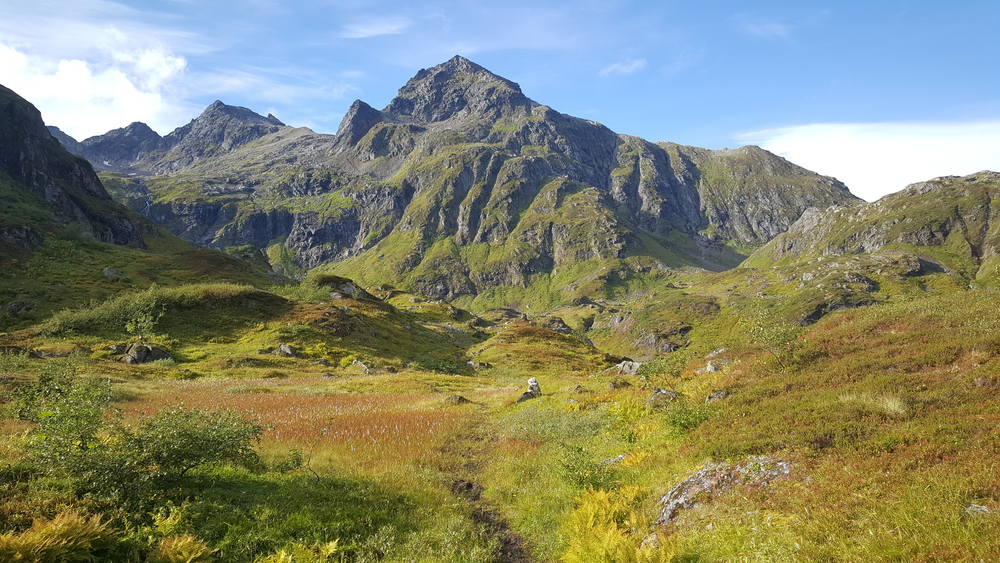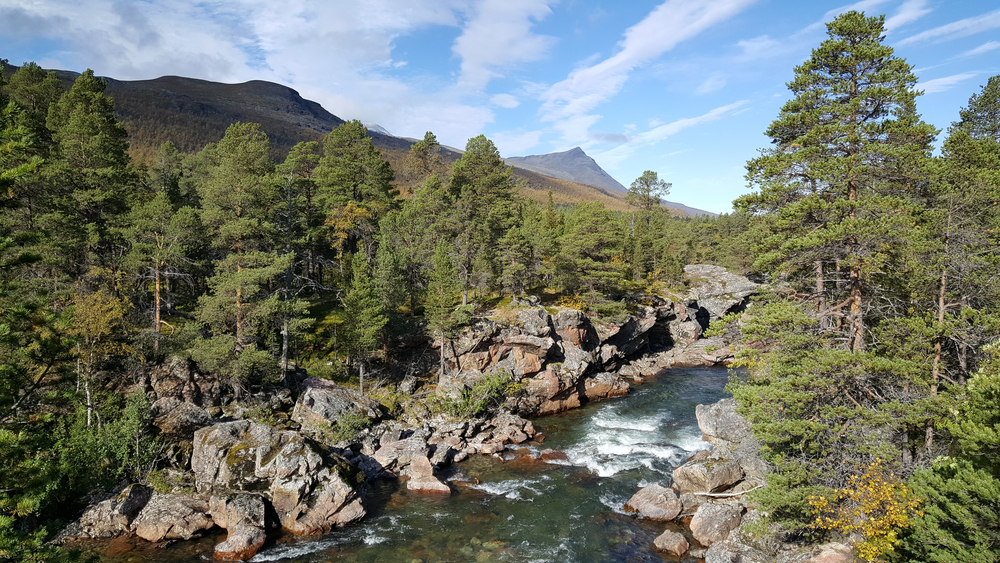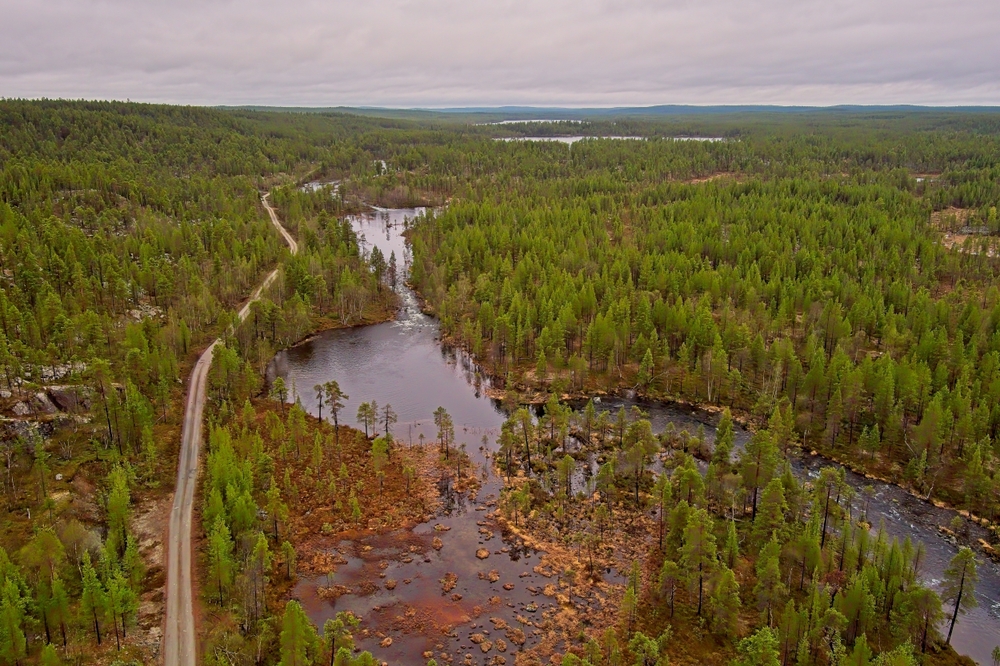Rohkunborri Overview
Rohkunborri National Park, located in Troms County in northern Norway, is a stunning natural reserve that covers approximately 231 square miles (600 square kilometers).
Situated along the border with Sweden, the park is part of the larger Scandinavian Mountain range and is known for its rugged terrain, pristine valleys, and striking alpine landscapes. The name “Rohkunborri” comes from the indigenous Sámi language, referring to the towering peak that dominates the park’s skyline. This remote and relatively untouched wilderness provides an extraordinary experience for those seeking solitude and unspoiled nature.
The park is characterized by dramatic mountain scenery, deep valleys, and lush forests. Rohkunborri itself is a prominent peak that rises sharply from the surrounding landscape, offering breathtaking views of the region. The Målselva River and its tributaries cut through the terrain, forming cascading waterfalls and serene lakes that dot the landscape.
Birch forests dominate the lower elevations, transitioning to sparse alpine vegetation at higher altitudes. The terrain varies from gentle rolling hills to steep, rocky cliffs, making it a challenging but rewarding destination for hikers and nature enthusiasts.
Wildlife in Rohkunborri National Park is abundant, with a mix of Arctic and boreal species. Among the most notable mammals found in the park are moose, red foxes, and wolverines. The region also serves as an important habitat for the elusive lynx and the occasional brown bear. Reindeer, often associated with the indigenous Sámi people, are commonly seen grazing in the open valleys and tundra areas.
Birdwatchers will find the park particularly appealing, as it hosts a variety of bird species, including the majestic golden eagle, gyrfalcon, and ptarmigan. Waterfowl and songbirds thrive in the wetlands and forested areas, adding to the park’s rich biodiversity.
One of the park’s most popular features is the striking Rohkunborri peak, which serves as a focal point for many visitors. The pristine lakes and rivers provide excellent opportunities for fishing, while the dense forests and open meadows create a perfect environment for hiking and wildlife observation.
During the winter months, the park transforms into a winter wonderland, ideal for cross-country skiing and snowshoeing. The Northern Lights are often visible from the park, offering a magical experience for those visiting during the darker months. The proximity to Sweden’s Øvre Dividal National Park further enhances the appeal of the region, allowing for cross-border exploration of this remote wilderness.
Visitors can experience the park in various ways, with hiking being the most popular activity. Several trails lead through the park’s diverse landscapes, providing opportunities to explore its hidden gems. Anglers will find plenty of opportunities to fish in the park’s crystal-clear lakes and rivers, while photographers are drawn to the park’s breathtaking scenery and abundant wildlife.
During the summer months, the Midnight Sun provides extended daylight hours, allowing for even longer explorations of the park’s wonders. Winter visitors can enjoy activities such as snowshoeing, skiing, and even dog sledding in the surrounding areas.
Conservation efforts in Rohkunborri National Park focus on preserving its delicate ecosystems and ensuring that human impact remains minimal. Strict regulations on fishing, hunting, and camping help maintain the park’s pristine condition.
Reindeer herding by the Sámi people is an integral part of the region’s cultural heritage and continues in a sustainable manner within the park’s boundaries. Climate change poses a challenge to the park, with warming temperatures affecting the fragile alpine and tundra ecosystems. However, conservation initiatives and responsible tourism practices aim to mitigate these effects and protect this remarkable landscape for future generations.








































































